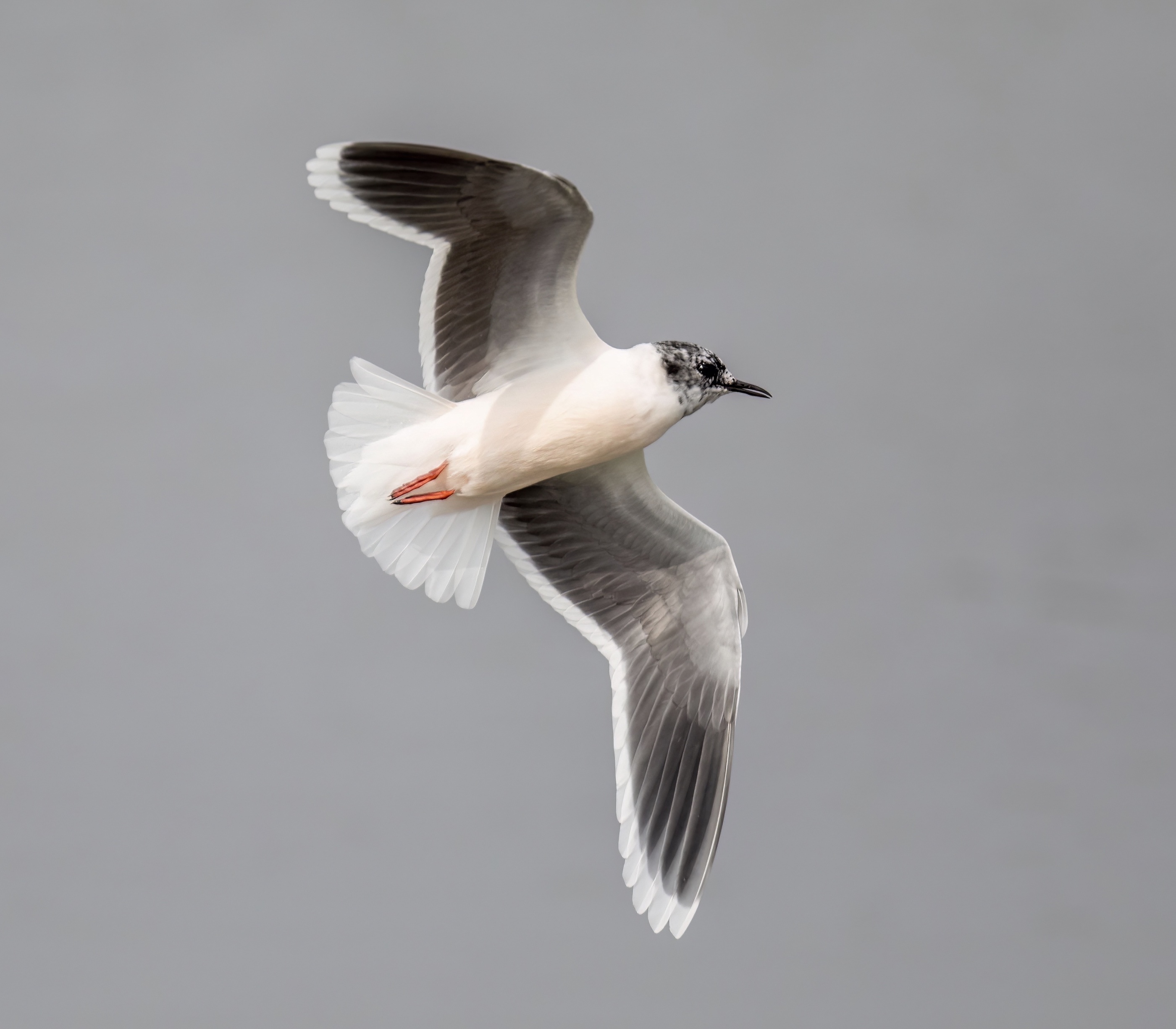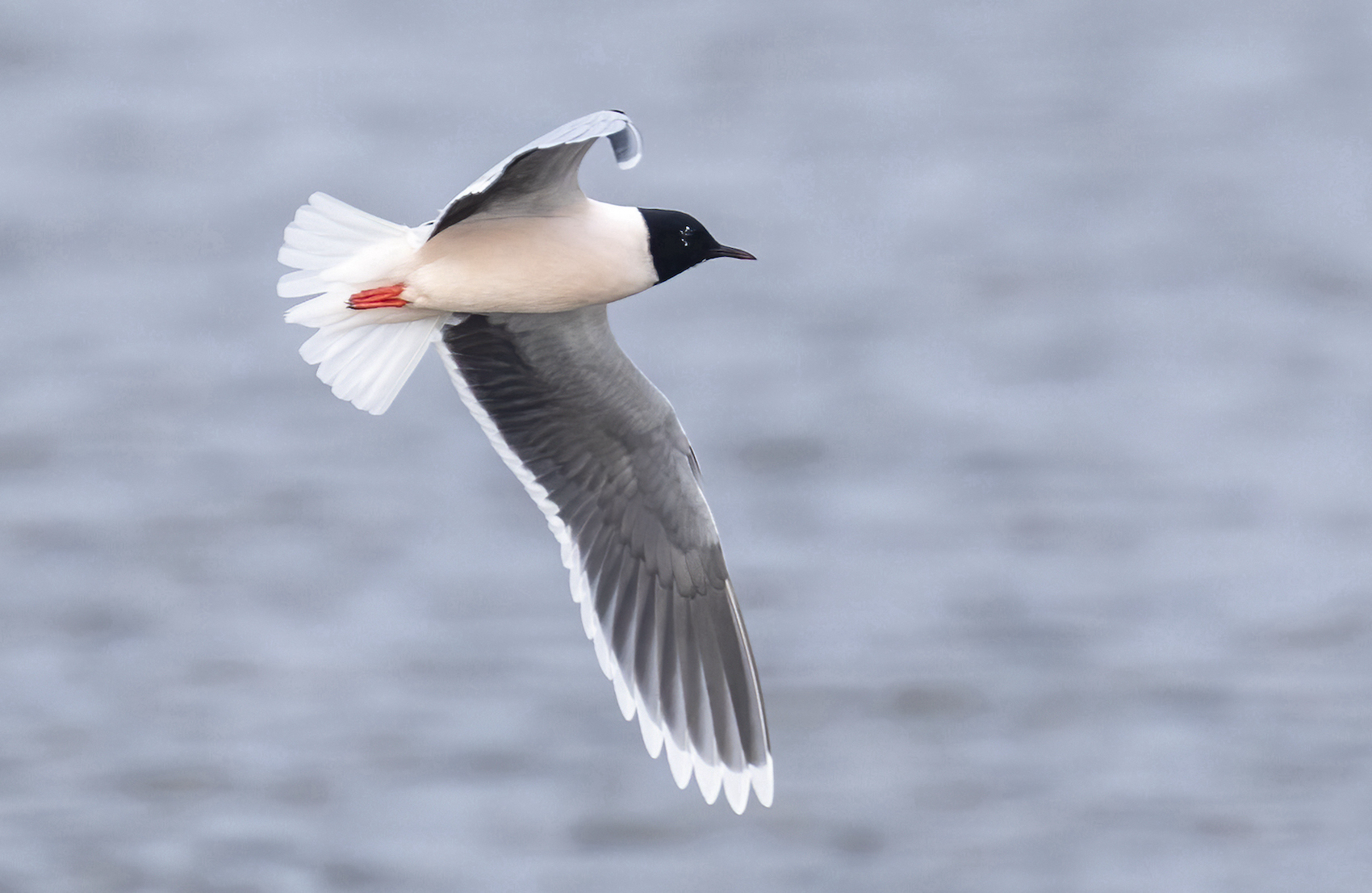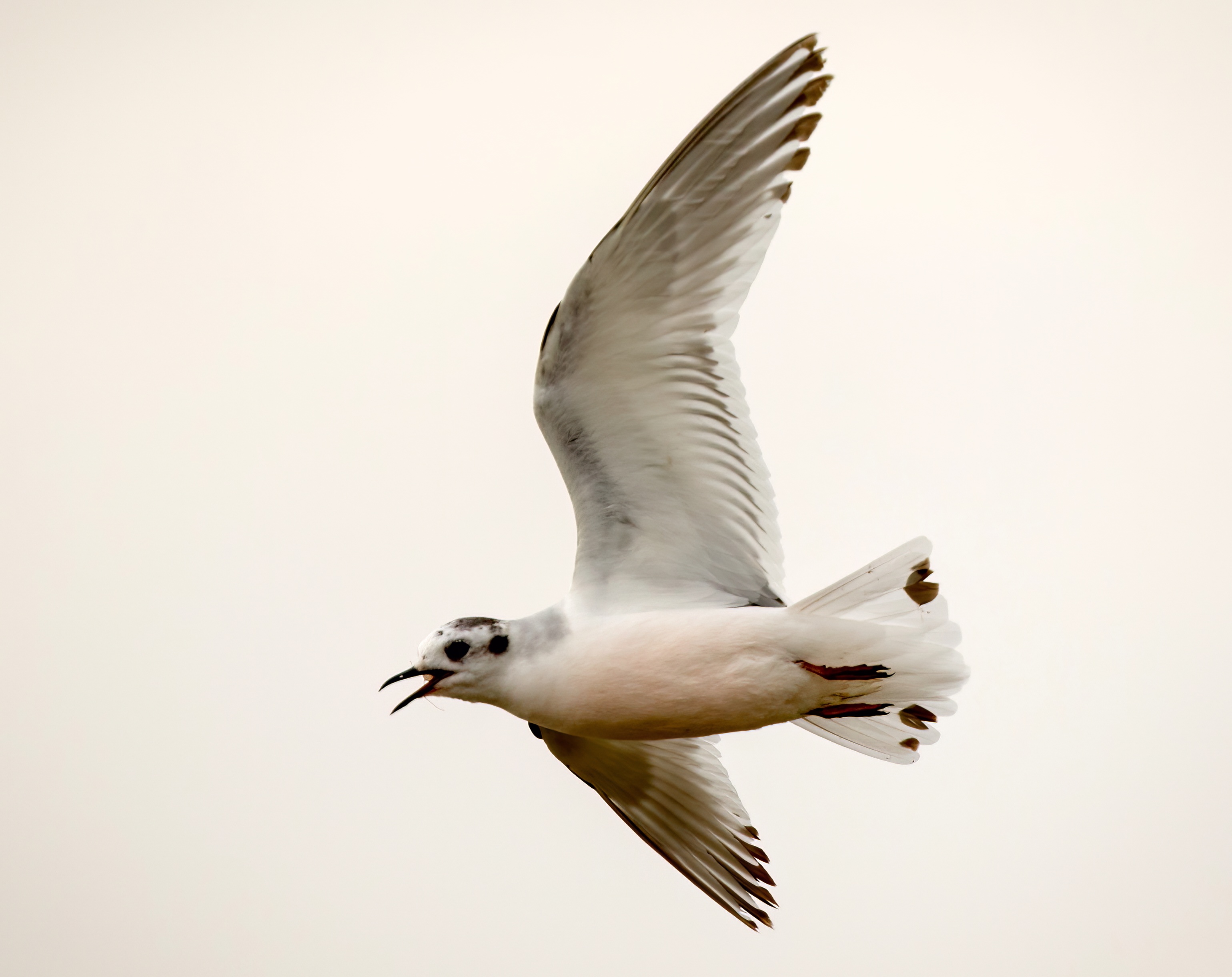Little Gull Hydrocoloeus minutus
Fairly common passage migrant in spring and autumn, scarce/very scarce in summer and winter.



Most records of Little Gulls are of coastal birds, often associated with Kittiwakes Rissa tridactyla, although it is a well-known overland migrant and small numbers also occur at inland water bodies too. There is a clear passage period in March-May, usually peaking in April, and April 2018 was exceptional with over 200 birds; in the four earlier years there were around 15-20 a year. There have been variable numbers summering in June, but July is much quieter. There is an extended and variable period of autumn passage from July to November which tends to peak in November with an average of around 40 birds in the month. The largest single flock reported in the period was 80 at Witham Mouth in August 2015. The winter months are usually very quiet with few at all in December-February, but some very variable occurrences can be seen. For example, in January 2014 and 2018 there were no records at all yet there were 51 in January 2016. Considering the thousands that are seen in the Hornsea area every year less than 20 miles north of the Humber from July onwards Lincolnshire doesn't do nearly as well for Little Gulls. Outside the breeding season Little Gulls seem to be at least semi-pelagic, feeding and roosting at sea in coastal waters of NE Atlantic from the Irish Sea south to Iberia and Morocco as well as in the Mediterranean, Black and Caspian Seas. Winter appearances seem most likely to be associated with severe weather movements.
There are a couple of historic ringing recoveries: an adult ringed at Alvingham in February 1915 was found dead in Denmark in February 1916, and a nestling ringed in Sweden in July 1937 was found dead in Skegness in November 1937.
(Account as per new Birds of Lincolnshire (2021), included September 2022)
